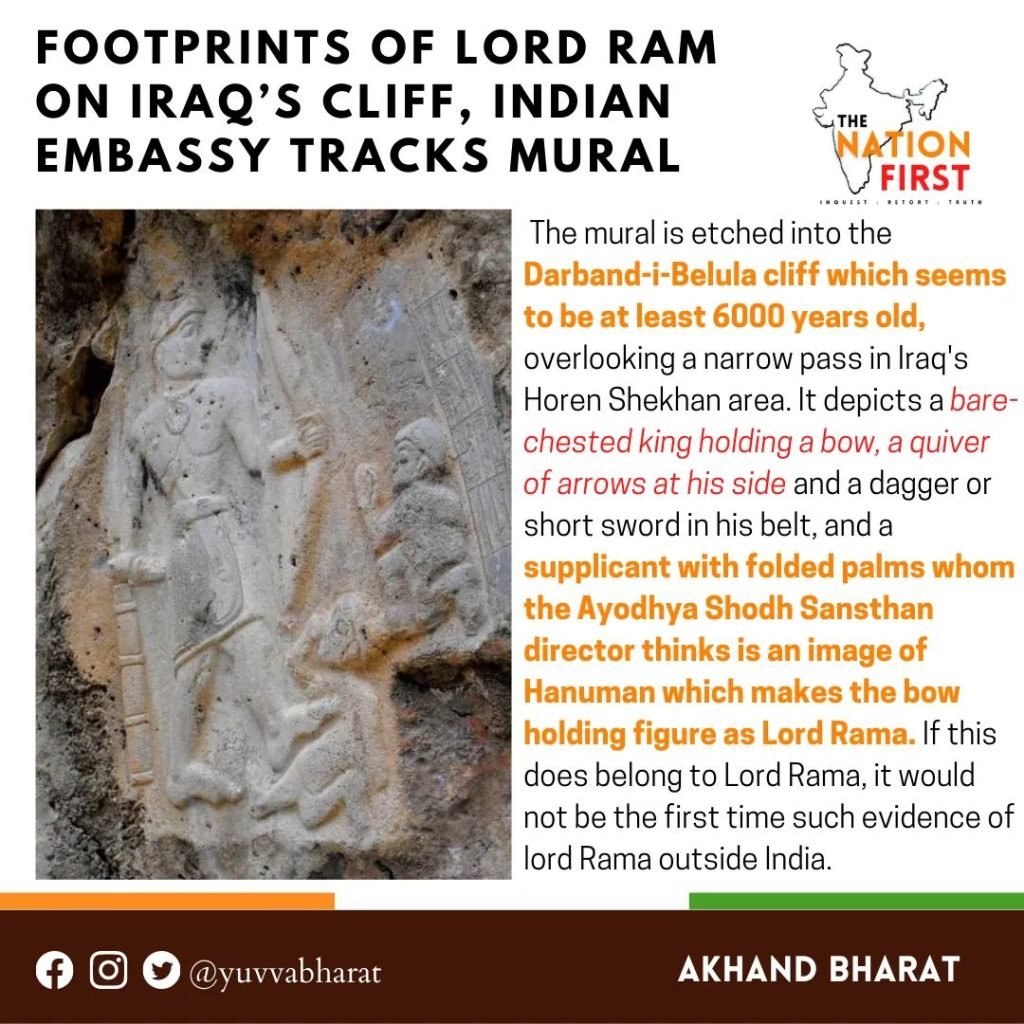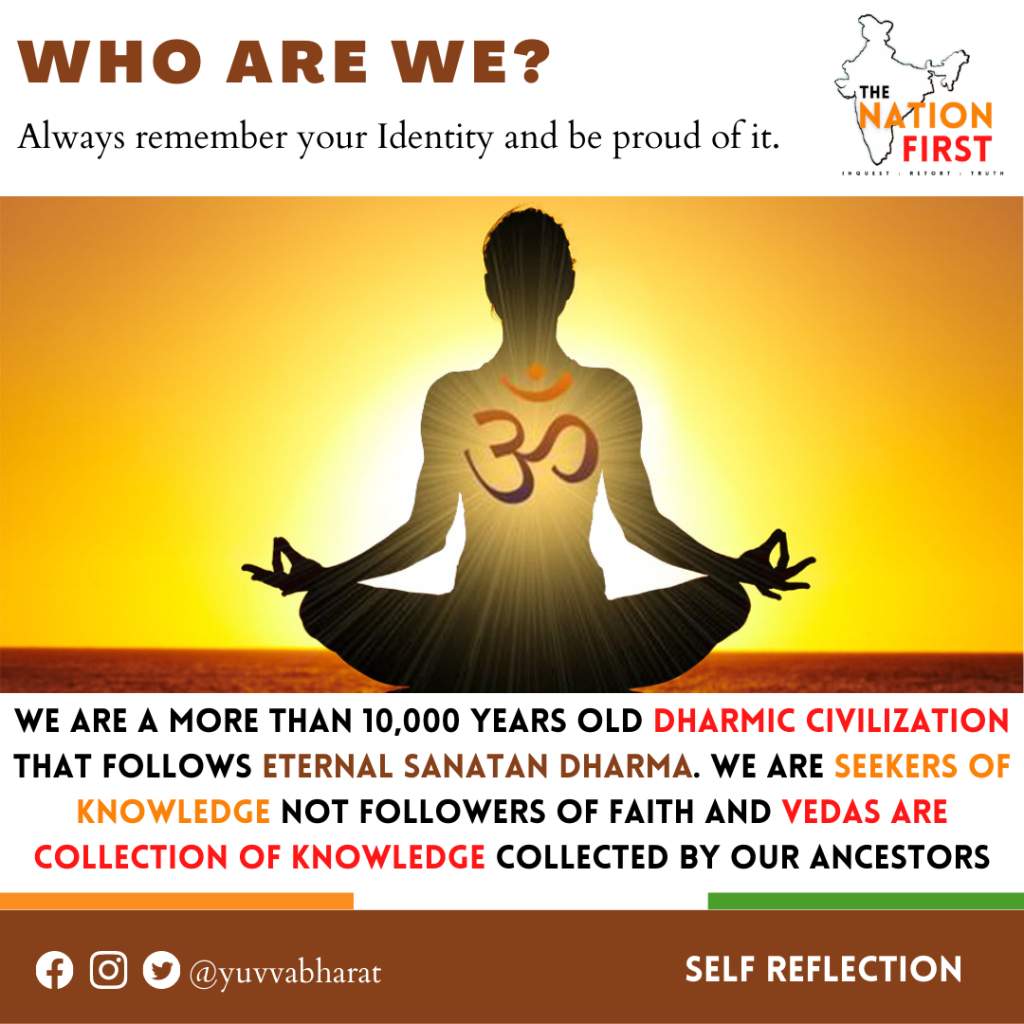A report by the TOI suggests, the mural is etched into the Darband-i-Belula cliff, overlooking a narrow pass in Iraq’s Horen Shekhan area. It depicts a bare-chested king holding a bow, a quiver of arrows at his side and a dagger or short sword in his belt, and a supplicant with folded palms who the Ayodhya Shodh Sansthan director thinks is an image of Hanuman.
Iraqi scholars say the mural depicts Tardunni, the head of a mountain tribe. Similar etchings elsewhere in Iraq show kings and kneeling supplicants believed to be prisoners. According to TOI, the delegation, headed by Indian ambassador to Iraq Pradeep Singh Rajpurohit, acted on a request by the Ayodhya Shodh Sansthan, a research body under the UP department of culture.

An Indian diplomat at the Ebril consulate, Chandramouli Karn, historians from the University of Sulaimania and the Iraqi governor of Kurdistan also joined the expedition. “There is anecdotal evidence on imprints of Ram in Belula pass, but this delegation collected graphical proof to undertake a detailed study to establish a link between the Indian and Mesopotamian cultures,” claimed Yogendra Pratap Singh, director, Ayodhya Shodh Sansthan, who urged the Indian embassy on behalf of the UP government to visit the site.
In an interview with TOI, Singh said, “The king and monkey (the supplicant) in the mural is an inadvertent reminder of Ram and Hanuman to many of us.” Accounts by archaeologists and historians in Iraq, however, have not linked it with Lord Ram. Singh, however, said, “The missing link could be explored once we get permission from the Iraq government.
We have sought their nod.” Singh claimed this was the first official attempt to establish a connection between the Indus Valley and Mesopotamian civilisations. Citing various references, Singh said Lower Mesopotamia was ruled by Sumerians between 4500 and 1900 BCE and claimed there was “evidence to suggest they may have come from India and were genetically linked to the Indus Valley civilisation”.
The UP culture department has also prepared a proposal to get a replica of the same mural made in Ayodhya. “The imprints of Ram are available in different parts of the world. The proposal includes bringing replicas from different places under one roof in Ayodhya,” he said.
Read more at: https://www.oneindia.com/india/footprints-of-lord-ram-on-iraqs-cliff-indian-embassy-tracks-mural-2909839.html?story=2



